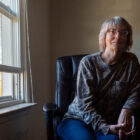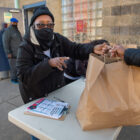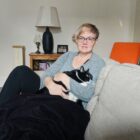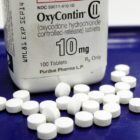I-Team In-Depth
With Medical Bills Soaring, Nonprofits, Crowdfunding, Payment Plans Offer Some Debt Relief
|
In February, Lori Dingwell of Waterbury tested positive for COVID-19. She says she has yet to recover fully. The 53-year-old has seen her primary care physician, a neurologist, ophthalmologist, retinal specialist, infectious disease expert, and rheumatologist. After a host of scans, blood tests and “an abnormal spinal tap,” Dingwell—a member of the COVID long-hauler support group Survivor Corps—said physicians had no answers to help explain her malady. Adding to her woes, she racked up nearly $10,000 in medical debt.









